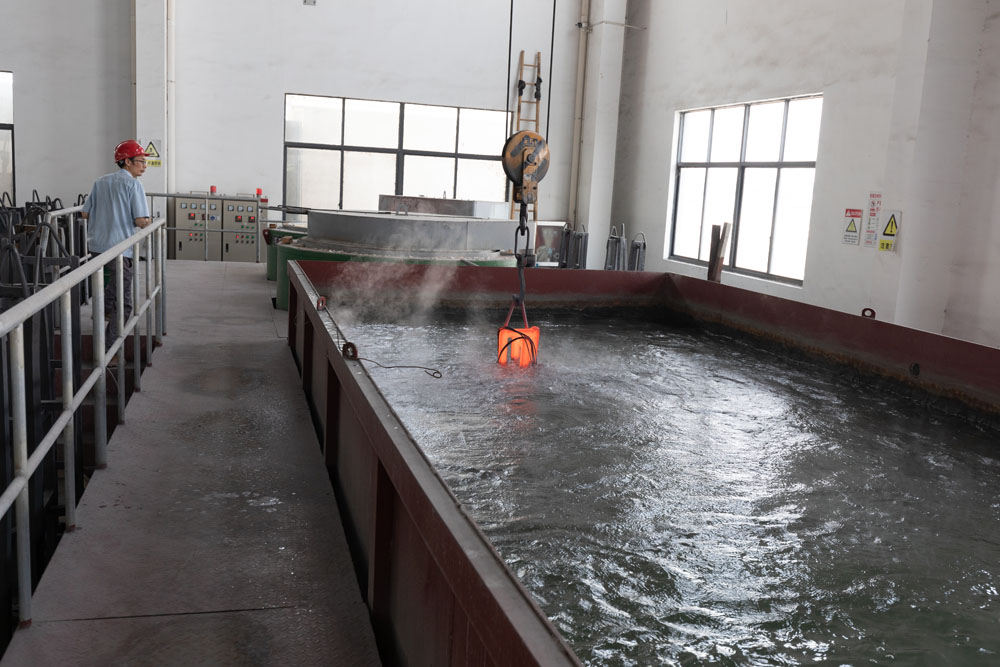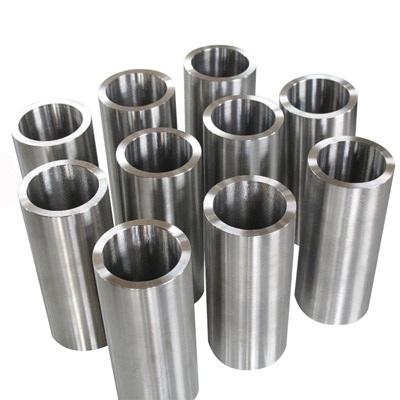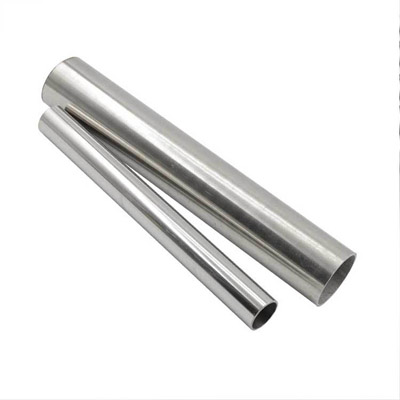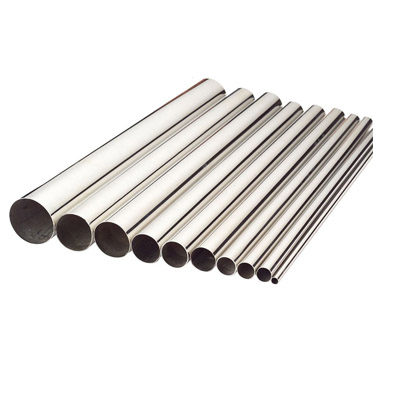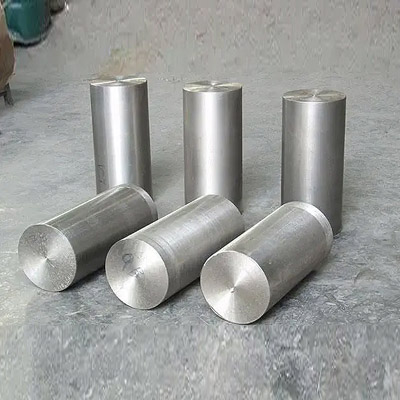What are the most common forms of metal corrosion
Degradation of a material caused by chemical interactions between the material and its surroundings is called corrosion. Although corrosion can affect materials other than metals (such as polymers and ceramics), the term is most commonly used to refer to the deterioration of metals.
What are the most common types of metal corrosion?
Corrosion can be divided into different types depending on how it behaves. Corrosion types are classified according to the appearance of the metal after corrosion, and visual observation is the main identification method. While the naked eye is usually sufficient, there are situations in which going down is advantageous or necessary.
Stress corrosion cracking
Stress corrosion occurs when a material is exposed to both tensile loads and a corrosive environment. Each metal has a specific range or tensile limit near which stress corrosion is more likely to occur.
pitting
During the investigation, quality personnel also found several tiny voids in the substance. Although stress corrosion cracking is also present, it shows clear symptoms of pitting, which is a more destructive type of corrosion. Many different factors can cause these tiny, deep voids.
Erosion corrosion
One of the most common conditions on the list is erosion corrosion, which occurs when a corrosive liquid flows over a metal, thus accelerating the surface degradation of the metal. This usually leaves grooves, pits or grooves in the metal surface, and this wear is obvious to the naked eye.
Crevice corrosion
As the name suggests, this type of corrosion occurs within cracks or crevices in the metal's surface. Gap corrosion also affects all objects that the metal is "attached" to, such as metal that is welded to another metal object or even bonded to a non-metal object.
Selective leaching
When only one (or more) elements in the alloy begin to corrode, this is called selective leaching corrosion. As this degradation progresses, the alloys begin to physically separate from each other. Due to its use history and current condition, your funnel is now showing symptoms of selective leaching.
Uniform corrosion
Rust is a classic example of uniform corrosion that most people, especially those who bought Mazda6 between 2005 and 2008, will recognize. Most of the specified material (or the entire surface area) is subject to this uniform corrosion. You can tell with the naked eye.
Intergranular corrosion
Intergranular corrosion occurs at the grain boundary but does not affect the grain. This occurs when there is a clear difference in the reactivity of grain boundaries and grains to contaminants. Due to improper welding and heat treatment, the reactivity of stainless steel and copper is different.
Galvanic/bimetallic corrosion
Bimetallic corrosion occurs when two incompatible metals come into contact for a long time. The electrode potential difference between the metals forms a bimetallic coupled battery. In a bimetallic battery, one metal acts as the cathode and the other acts as the anode.
Atmospheric corrosion
One type of moisture corrosion caused by electrolytes is atmospheric corrosion. In this case, moisture in the air, rain, etc. act as electrolytes and begin to corrode on the exposed metal surface.
Fretting corrosion
When two materials are connected, fretting corrosion occurs at the contact point. This occurs due to sliding and vibration in the contact area. Bolts and riveted connections, clamping surfaces, etc., all exhibit this corrosion.



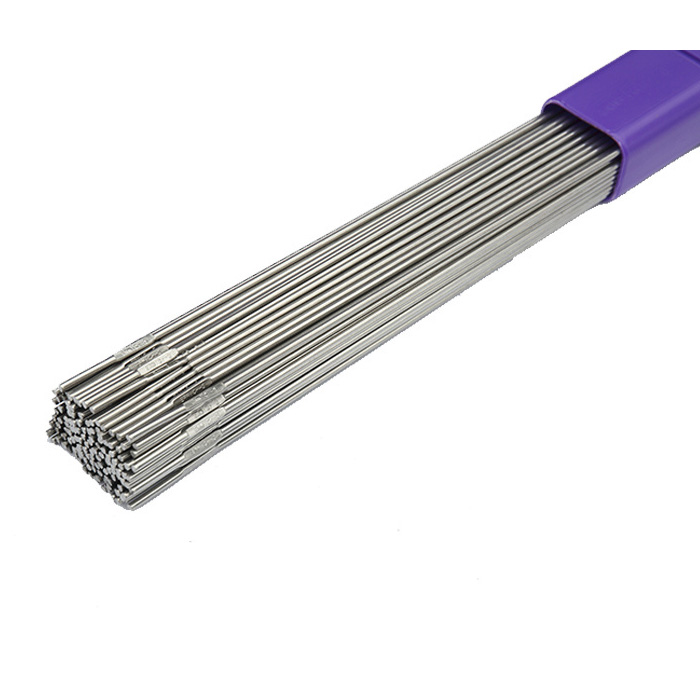 Inconel 625
Inconel 625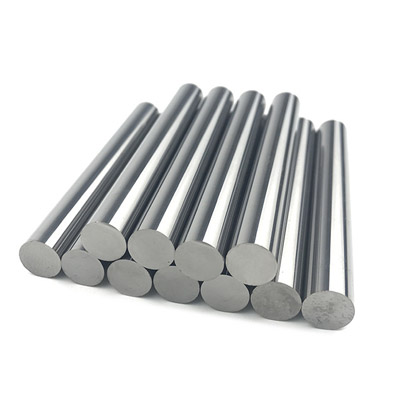 Inconel 718
Inconel 718 Inconel 725
Inconel 725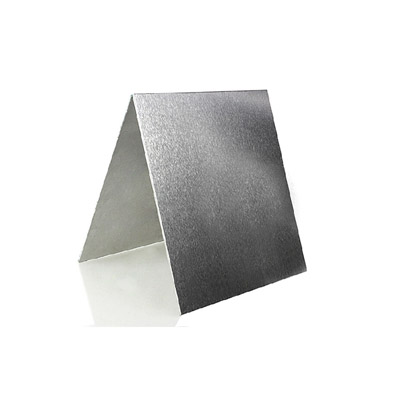 Inconel X-750
Inconel X-750 Inconel 690
Inconel 690 Inconel 617
Inconel 617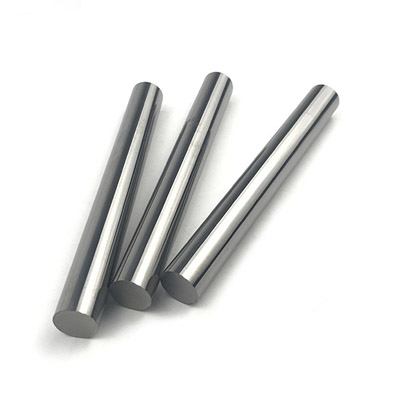 Inconel 601
Inconel 601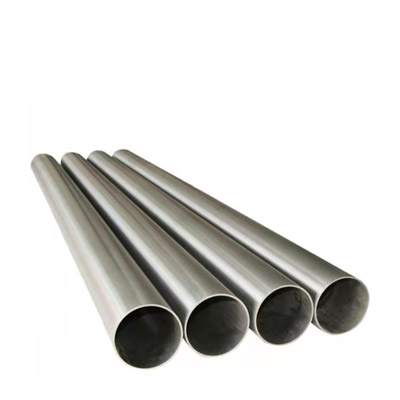 Inconel 600
Inconel 600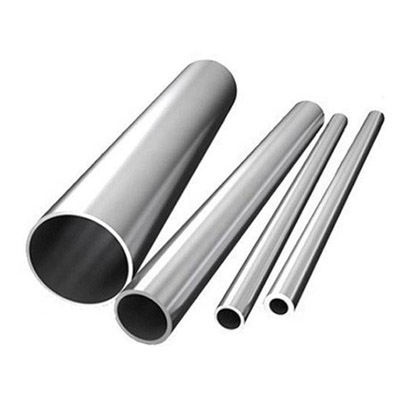 Inconel 686
Inconel 686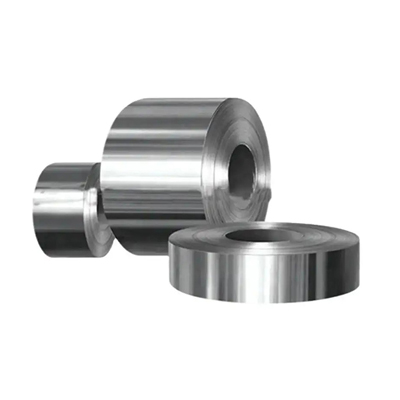 Inconel 602CA
Inconel 602CA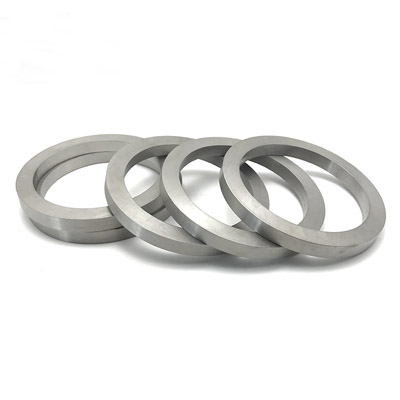 Incoloy A-286
Incoloy A-286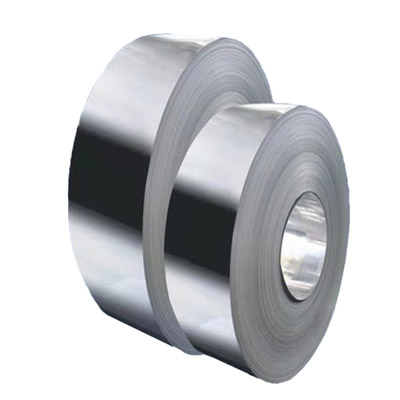 Incoloy 825
Incoloy 825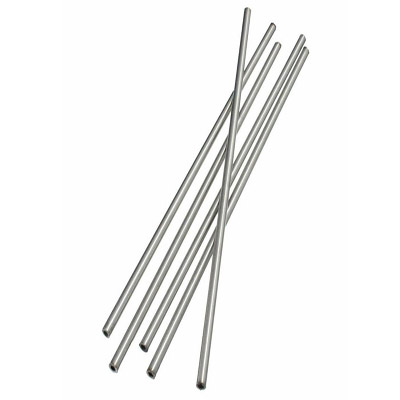 Incoloy 925
Incoloy 925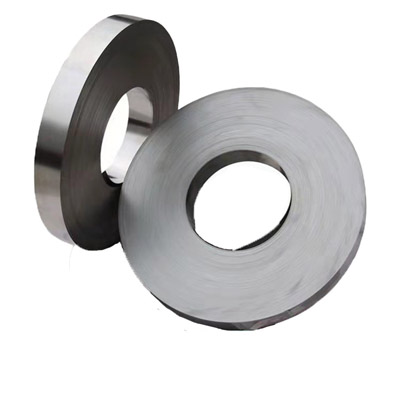 Incoloy 926
Incoloy 926 Incoloy 800
Incoloy 800 Incoloy 800H
Incoloy 800H Incoloy 800HT
Incoloy 800HT Incoloy 909
Incoloy 909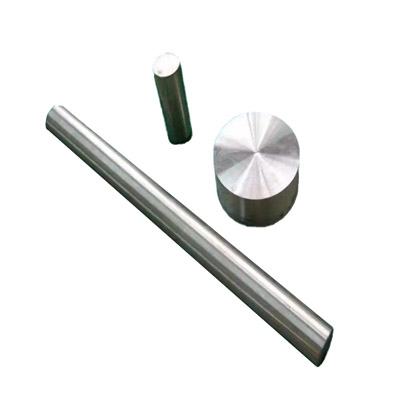 Incoloy 31
Incoloy 31 Incoloy 901
Incoloy 901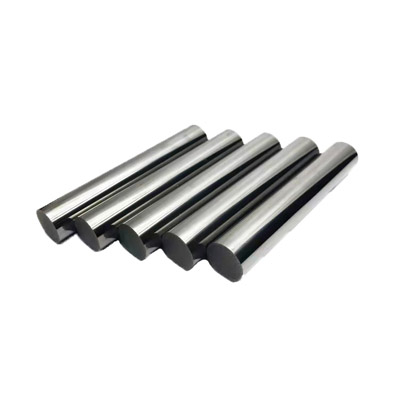 Monel K-500
Monel K-500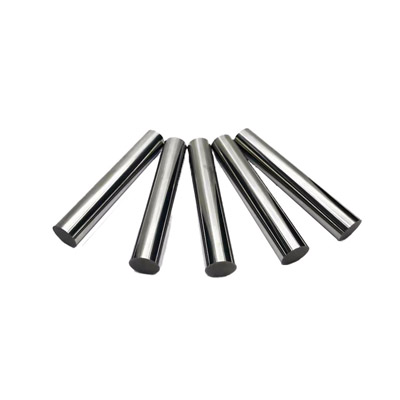 Monel 400
Monel 400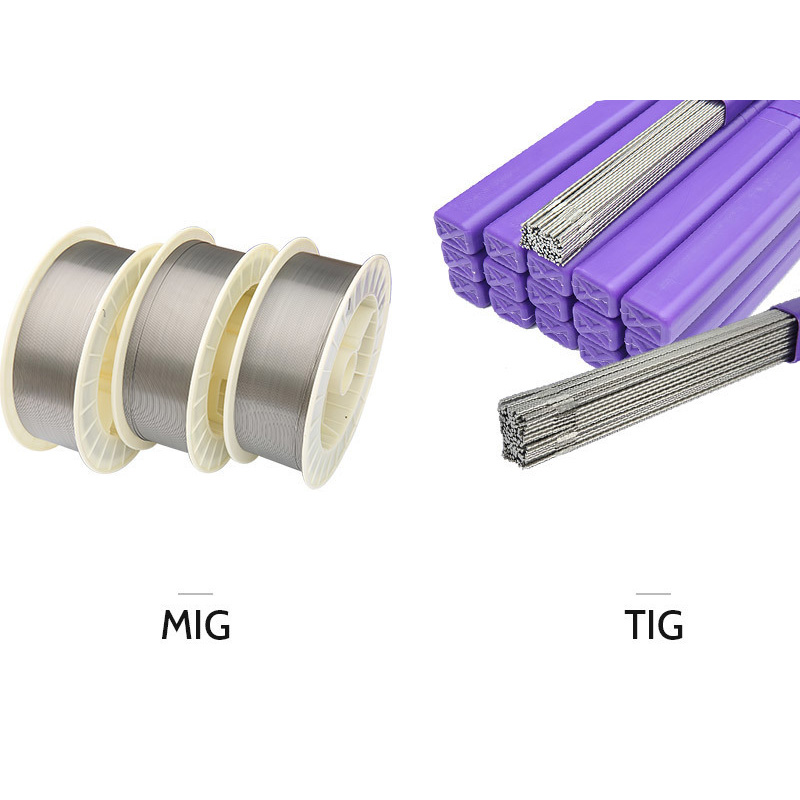 Nimonic 263
Nimonic 263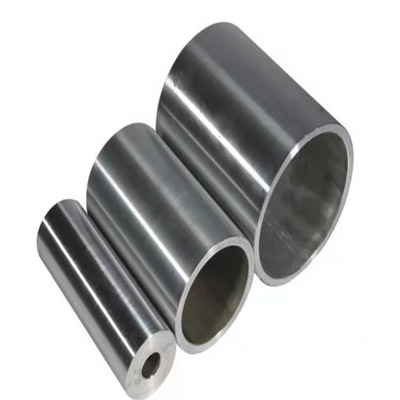 Nimonic 75
Nimonic 75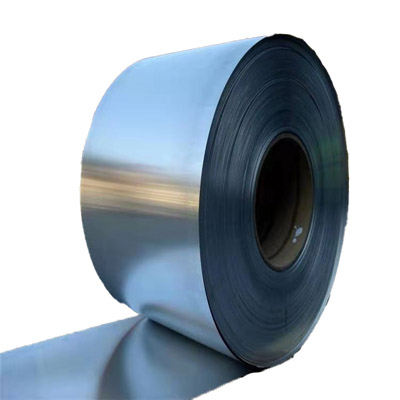 Nimonic 80A
Nimonic 80A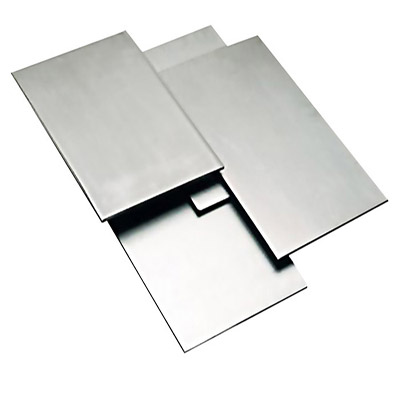 Nimonic 90
Nimonic 90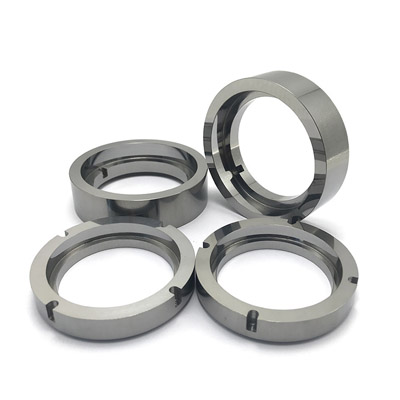 Nimonic PE11
Nimonic PE11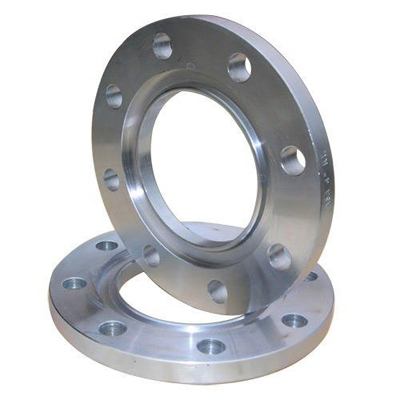 Nimonic PE16
Nimonic PE16 Nimonic PK33
Nimonic PK33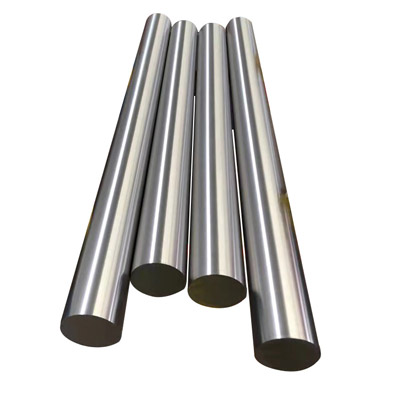 Nimonic 901
Nimonic 901 Nimonic 81
Nimonic 81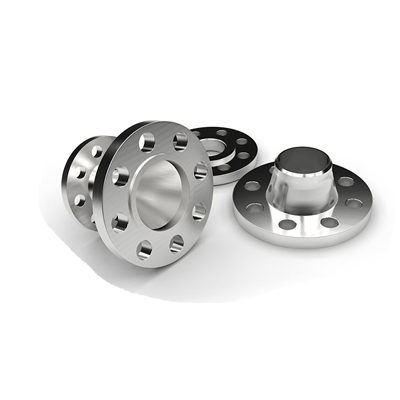 Nimonic 86
Nimonic 86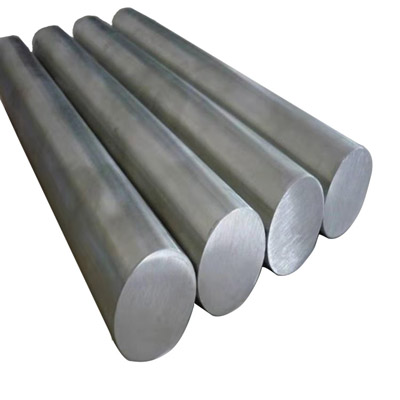 Nimonic 105
Nimonic 105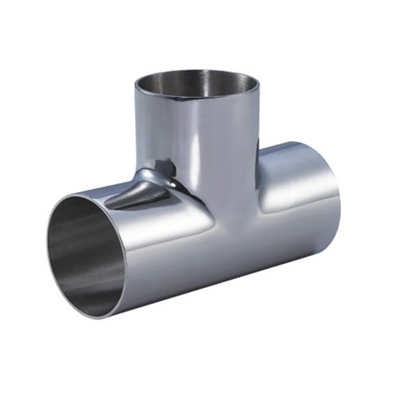 Nimonic 115
Nimonic 115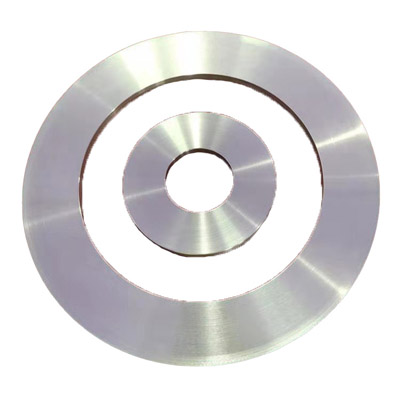 Hastelloy C-276
Hastelloy C-276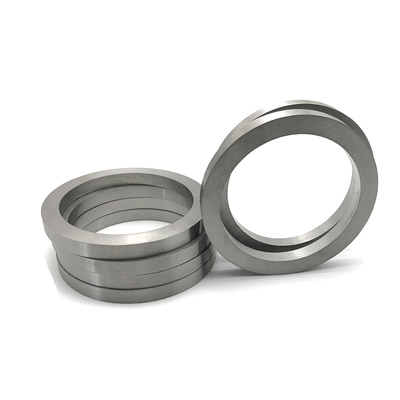 Hastelloy C
Hastelloy C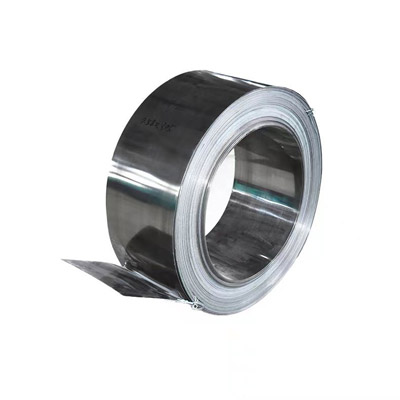 Hastelloy C4
Hastelloy C4 Hastelloy C-22
Hastelloy C-22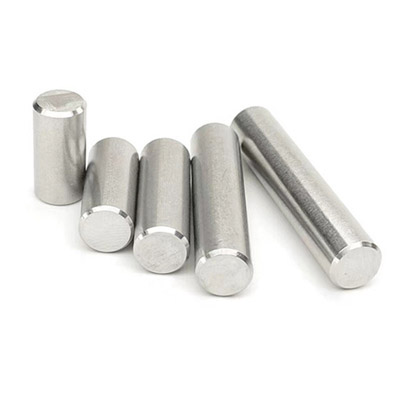 Hastelloy C-2000
Hastelloy C-2000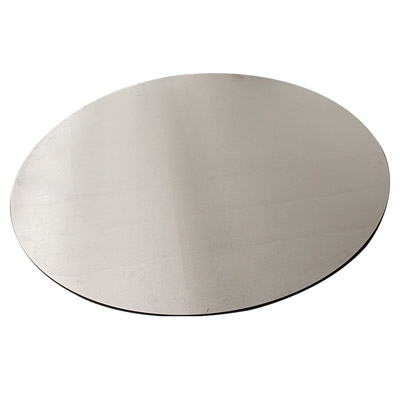 Hastelloy B-2
Hastelloy B-2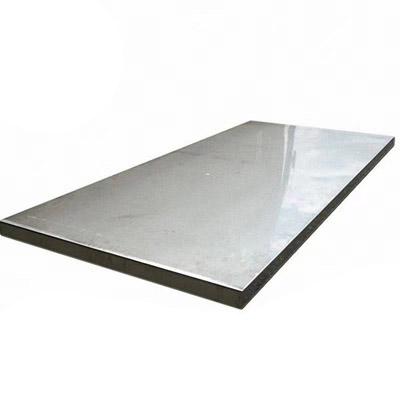 Hastelloy B-3
Hastelloy B-3 Hastelloy G30
Hastelloy G30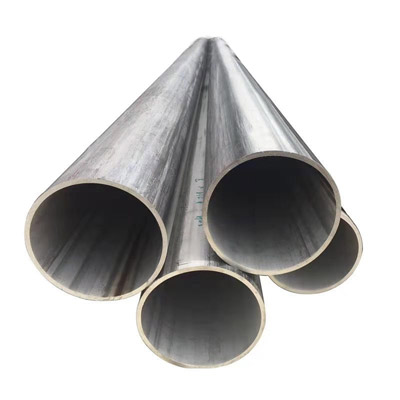 Hastelloy X
Hastelloy X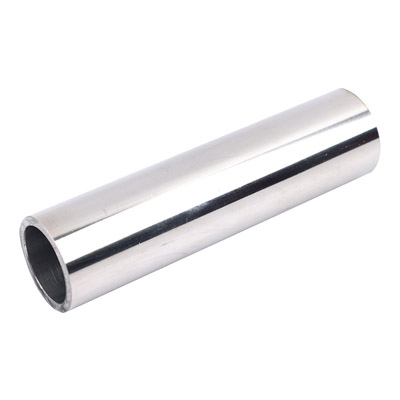 Super Invar 32-5(4J32)
Super Invar 32-5(4J32)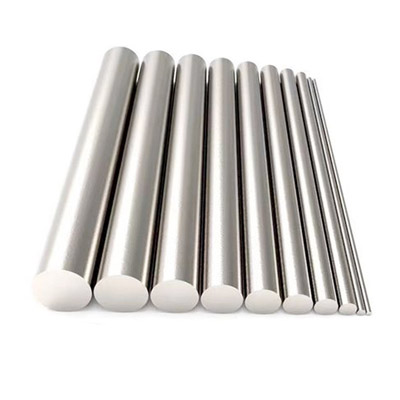 Alloy 36(4J36)
Alloy 36(4J36)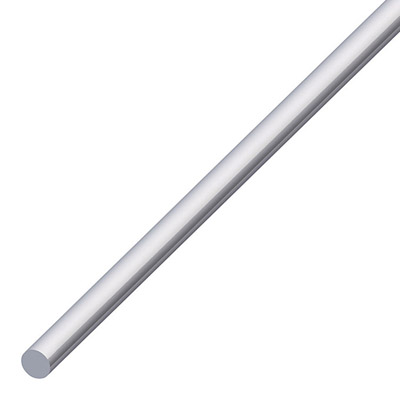 Alloy 42(4J42)
Alloy 42(4J42) Alloy 50(1J50)
Alloy 50(1J50) Hiperco 50(1J22)
Hiperco 50(1J22)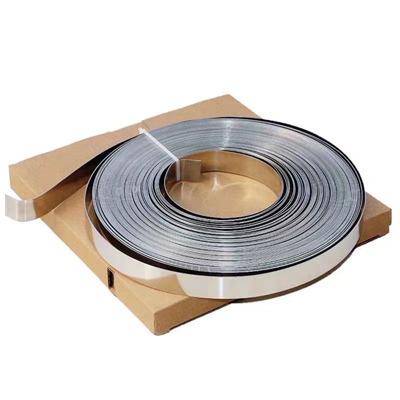 Alloy 46
Alloy 46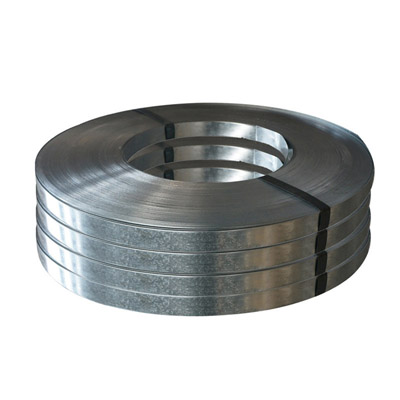 Permalloy (1J79)
Permalloy (1J79) Supermalloy(1J85)
Supermalloy(1J85)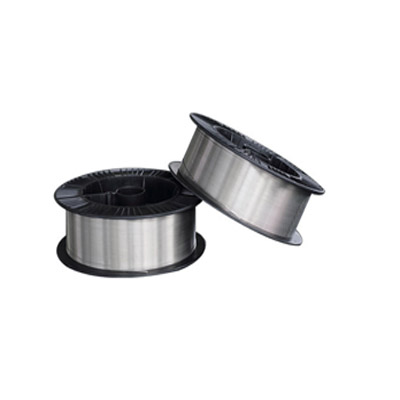 ERNiCrMo-2
ERNiCrMo-2 ERNiCrMo-3
ERNiCrMo-3 ERNiCrMo-4
ERNiCrMo-4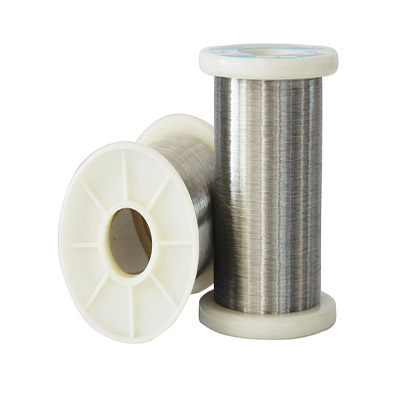 ERNiCrFe-7
ERNiCrFe-7 ERNiCrFe-7A
ERNiCrFe-7A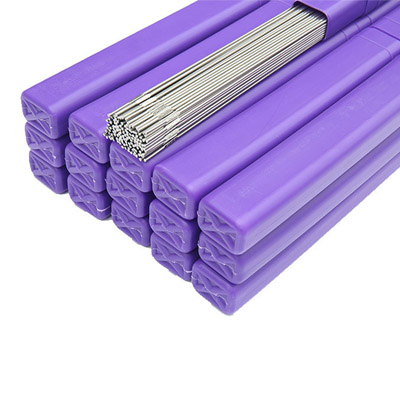 ERNiCrMo-10
ERNiCrMo-10 ERNiCrCoMo-1
ERNiCrCoMo-1 ERNiFeCr-2
ERNiFeCr-2 ERNiFeCr-1
ERNiFeCr-1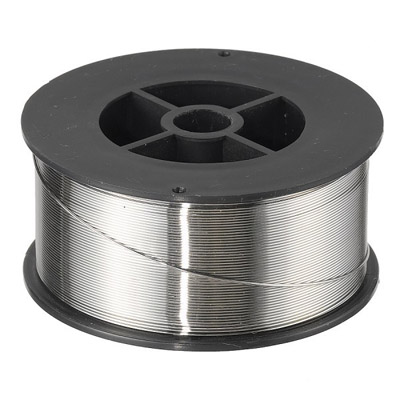 ERNiMo-8
ERNiMo-8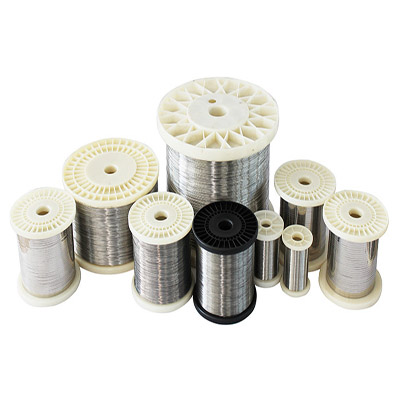 ERNiCrMo-13
ERNiCrMo-13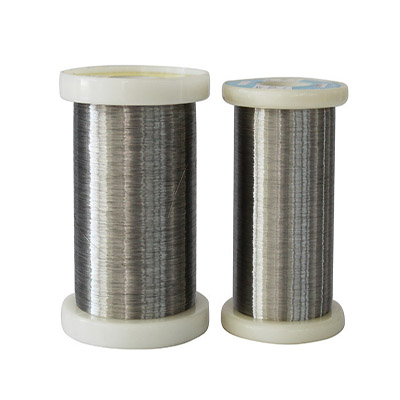 ERNiCr-4
ERNiCr-4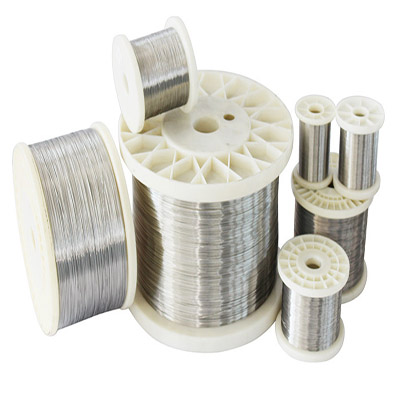 ERNiCr-3
ERNiCr-3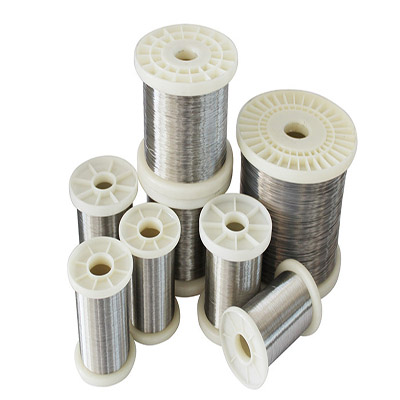 ERNi-1
ERNi-1 Haynes-25
Haynes-25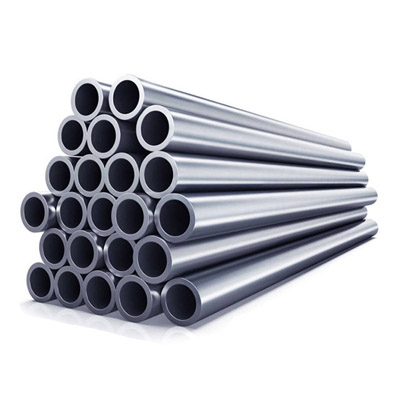 Hayness-188
Hayness-188 MP35N
MP35N Refractory 26
Refractory 26 Waspaloy alloy
Waspaloy alloy 17-4PH
17-4PH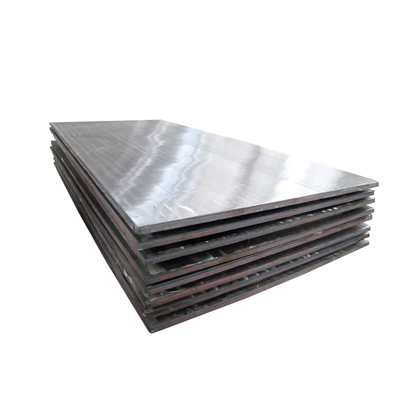 17-7PH
17-7PH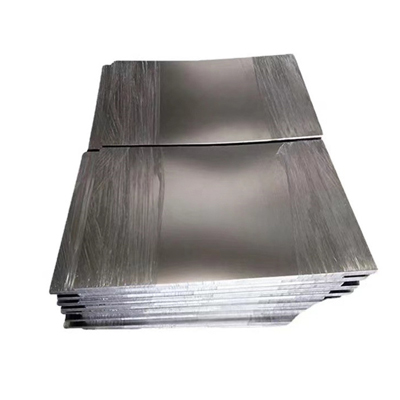 904L
904L Nitronic 50
Nitronic 50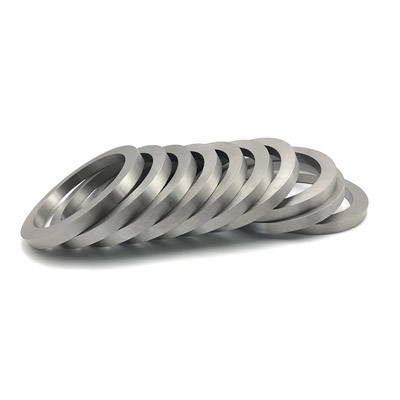 Nitronic 60
Nitronic 60 AL-6XN
AL-6XN F55
F55 PH 13-8
PH 13-8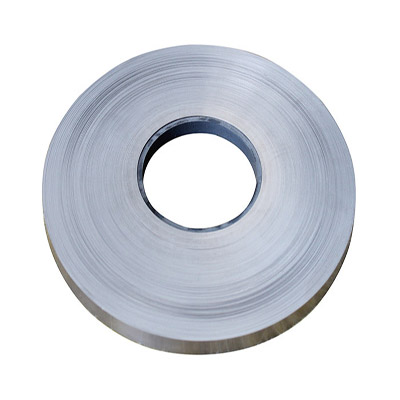 Haynes-230
Haynes-230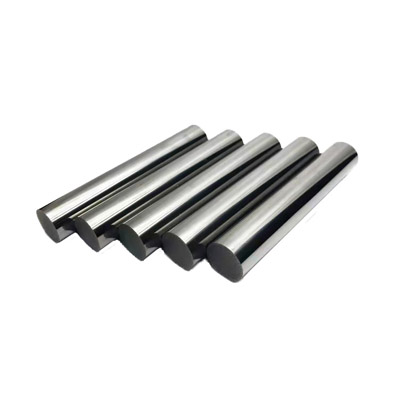 Nickel 200
Nickel 200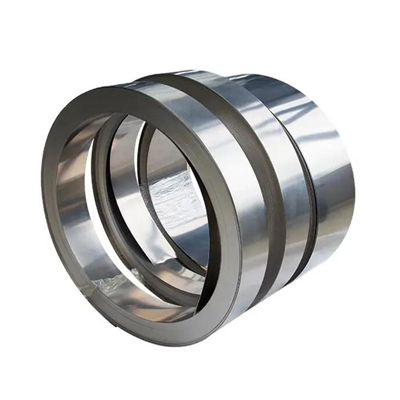 Cr20Ni80
Cr20Ni80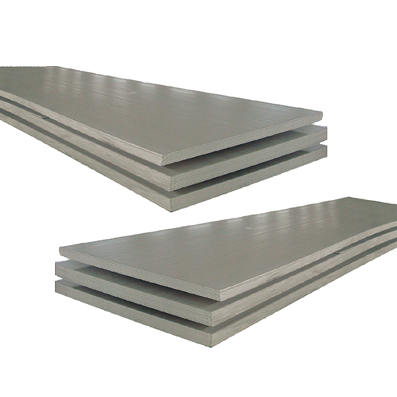 Sheet & Plate
Sheet & Plate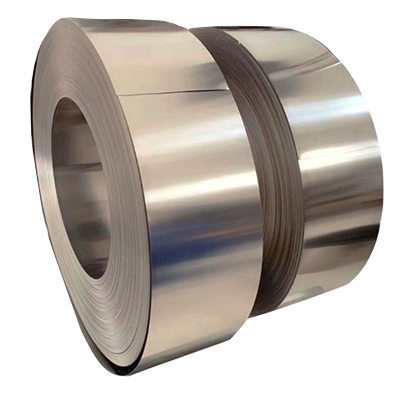 Strip & Foil
Strip & Foil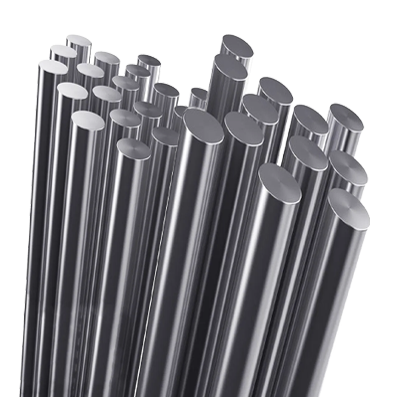 Bar & Rod
Bar & Rod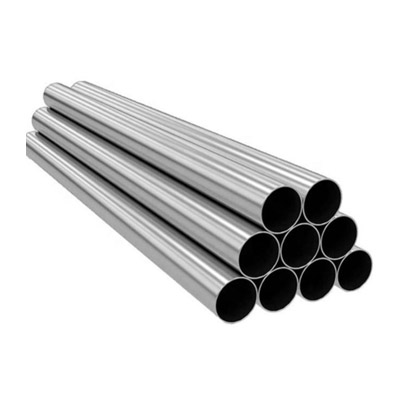 Pipe & Tube
Pipe & Tube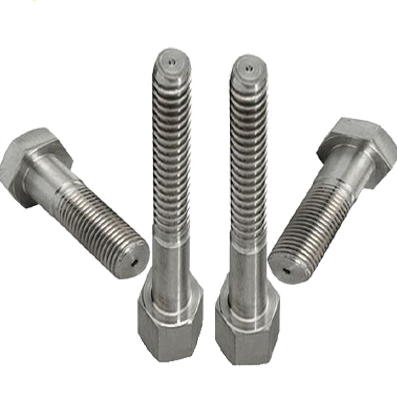 Bolts & Fasteners
Bolts & Fasteners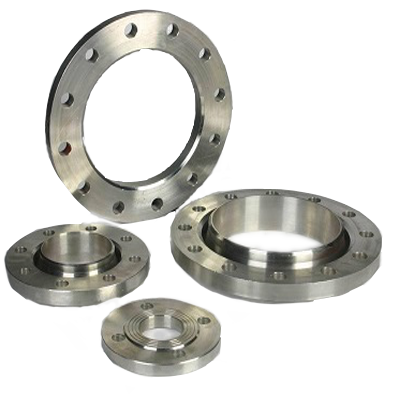 Flange & Ring
Flange & Ring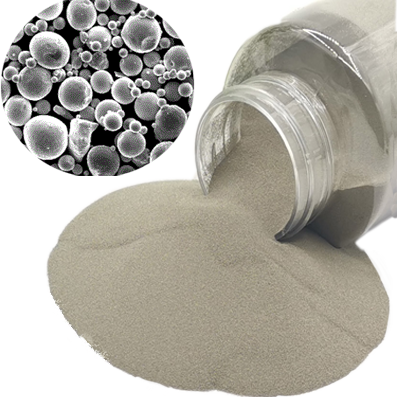 Nickel Alloy Powder
Nickel Alloy Powder

